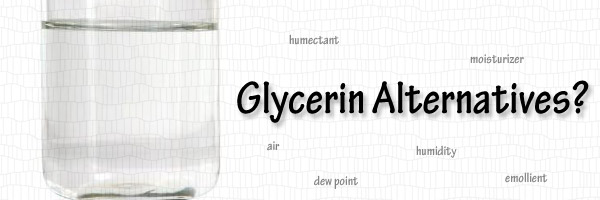
Glycerin Alternatives
Glycerin Alternatives: No, you DON’T have to use Glycerin for Improved Moisture
Many naturals complain about how glycerin behaves in their hair and how they must pay attention to dew points and whatnot in order to get a great twist out. But if you want that added ‘umph’, you have to use glycerin, right? Wrong.
Glycerin (aka glycerol, aka glycerine) is a viscous colorless liquid often used as a humectant in hair products. It is said to draw moisture from the atmosphere, making the hair super soft.
If you’ve used a product with glycerin in it, this ‘dew point’ effect is why your hair may be super soft when its raining, when its about to rain, or if you’re close to a body of water.
However, when it comes to my curly hair, that extra super-softness comes at the price of curl definition. Whenever I use a product with glycerin in it, AND its soft, my hair usually looks like a puffy cotton ball. The way to combat the loss of curl definition is to use glycerin in conjunction with a high-hold gel.
According to research from swiftcraftymonkey’s blog, Cosmetic Dermatology: Principles and Practice says that glycerin works better when used with an “occlusive” ingredient. Occlusives are ingredients which create a barrier on the skin or hair depending on where you’re using them.
Occlusives are things like dimethicone, cyclomethicone, petrolatum, beeswax, mineral oil as well as some of our fav ingredients like shea butter, jojoba oil, Squalene, and cetyl alcohol. But there’s a world of difference between petrolatum and Shea butter, though.
Anyway, I’ve been on the hunt for other ingredients which would take the place of glycerin to act as a humectant in my DIY mixes.
Probably the best (and maybe the most expensive) humectant is Hyaluronic Acid, but its used mainly for skincare. Apparently its being studied for use in hair.
So, what glycerin alternatives are good for hair? Well, that depends on what you care about most.
Propanediol Update
Propanediol (aka 1,3-propanediol aka “Naturesilk”) is my go-to humectant if I want to replace glycerin in a formula. It’s a non-petroleum based, non-sticky humectant that helps improve the shine of the actual product. It’s used as a direct replacement for propylene and butylene glycol. It’s known to have penetration enhancement abilities as well (ie: helps actives penetrate the skin better).
If you have a formula that’s coming out ‘starchy’ or ‘dull’ in the jar, test different percentages of propanediol to help add a more professional look to the actual product.
As a humectant, I don’t have any complaints with propanediol. It’s in liquid form, making it easy to add to formulas. You can add to the water-phase or during the cool down phase without issues.
You can use propanediol to make your natural gum slurry as well. (ie. adding xanthan gum to propanediol before mixing it with water)
It’s also said to help boost the efficacy of your preservative system.
Propanediol can also be used to help make glycerin less sticky. Combining propanediol and glycerin adds all the benefits of propanediol to the super humectancy of glycerin. You’ll often find both in the ingredient list of moisturizing products for the hair and skin.
Pentylene Glycol BIO update
Pentylene Glycol BIO is quickly becoming a favorite humectant of mine, even though it’s a little more difficult to find in the U.S and a little more expensive than Propanediol. Don’t be spooked by the word “glycol”. Pay attention to the “BIO” part. Pentylene Glycol BIO is derived from sugar cane, a renewable resource. This humectant is not like it’s petroleum-based distant cousins.
Pentylene Glycol BIO is a penetration enhancer for active ingredients and a pretty good humectant and glycerin alternative. It’s liquid but not sticky like glycerin.
It’s a wonderful solvent for other ingredients. Pentylene Glycol BIO is one of the only ingredients I can use to make a time-sensitive slurry with Pemulen EZ4U (known as “PolyMulse Polymeric Emulsifier” at Lotioncrafter) before adding it to water. Everything else (including Propanediol) seems to not be able to handle it. It will gunk-up and turn into a white sticky ball that’s almost impossible to dissolve at that time.
Pentylene Glycol BIO has a tendency to make the actual product feel smoother and apply easier to the skin or hair. In other words, it enhances spreadability of the final product. Be a little careful adding this during the cool down phase because it can thin-out a product just a little. So if you’re looking for a final viscosity you may have to test different percentages of it to ensure you’re getting the desired consistency at the end.
Check out a list of formulas I’ve used Pentylene Glycol BIO in so far:
https://www.curlytea.com/?s=pentylene
Vegemoist
Another good glycerin alternative is Beet Sugar extract. If you don’t want to deal with dew points and humidity, the best of the glycerin alternatives, imo, is try Glycine Betaine (Beet sugar) extract. It’s known as Vegemoist (IngredientsToDieFor.com). Its a food grade humectant, anti-irritant, and it helps with collagen promotion and elasticity improvement. For hair, its used as a moisturizer, detangler, conditioner and shine enhancer.
It’s so moisturizing that you have to be careful how much to add (or if you should) to hair gels. Hair gels are usually meant to add hold. Too much humectancy could defeat the purpose of a nice/strong holding gel because the hair will turn soft. You may also have to worry about the gel taking ages to dry or feeling gummy because of the interaction with the added moisture and the film-forming ingredients (PVP, VP/VA, etc). But this seems to only apply to gels in my tests so far.
The best thing about beet sugar extract (Vegemoist) is that it adds hydration directly instead of trying to draw moisture out of the air around you. The “saccharides” makes it a good choice to use in any climate. In other words, you shouldn’t necessarily have to worry whether its humid or not, or what the dew point is. Just use it.
The grade sold by ITDF is EcoCert approved, Kosher, NPA and NSF approved. I no longer buy ingredients from ITDF. It’s a long story. Let just say the moisture-sensitive powdered Vegemoist showed up in a regular, thin plastic bag and had already started to clump. It’s still usable in that form, but I didn’t like the fact it wasn’t protected. But I digress.
And yes I have actually used it repeatedly since its a water soluble powder which easily dissolves. I’ve sprinkled some in my lemon balm hair spritzer, which is basically Lemon Balm tea and a preservative.
I’ve used it in my normal flaxseed gel mix. I add it to about 2 TBSP of water and mix it into the finished flaxseed gel. It was pretty good. My hair was not nearly as crunchy as it is when I use regular flaxseed gel.
I didn’t use a high percentage, so while my hair was soft, it wasn’t as soft (or sticky) as when I use glycerin. I will test at a higher percentage sometime in the future, though.
I’ve also used it to make my mom one hell of a moisturizing leave in conditioning cream. I was impressed because it moisturized even when I put it on my dry, dry, dry curls.
Use this if you don’t want to worry about dew points, and need something which is easy to handle and will leave a very moisturized feel. It is my go-to humectant that works with everything.
Sodium lactate
If you want something that’s not sticky and a much better humectant than glycerin, then I recommend Sodium Lactate for skincare mixes, and I would only use it for skincare and not haircare. Sodium lactate is outstanding in adding softness and a hydrated feel to the skin. I’m not kidding. Skip this for your hair mixes.
It’s not sticky at all, unlike glycerin. Sodium lactate is actually a food grade material and was used for decades in the meat packing industry.
However, I think it may be one of those ingredients which draws moisture out of the air. Sodium lactate feels so incredible on the skin I’m going to use it anyway, regardless.
Use it in place of glycerin if you want a better, much more supple feel.
Honeyquat
If you want something which is reportedly good for adding luster and reducing static buildup, you might wanna try Honeyquat.
Honeyquat (or Hydroxypropyltrimonium Honey) is found in many natural care products. Its a conditioning agent made from honey with moisturizing properties better than glycerin. Its water soluble and is used to improve combability of the hair by reducing static.
Unless I get a better quality honeyquat (I got mine from Soap Goods) or learn how to use it better, I will not be using it. Whenever I use it, my final product ends up with a weird, fishy type of smell. Yuck! I don’t know if my batch was old or what, but I’m loathed to try it again unless I get it from another wholesaler. Maybe I’ll try lotioncrafter.com
Sodium PCA
Sodium PCA is the sodium salt of pyroglutamic acid. Its clear, colorless and water soluble. Its used in creams, gels, lotions, conditioners, etc.
It has antistatic properties as well, which is thought to help keep the frizz to a minimum. I have no direct experience working with Sodium PCA. However, its another one of those ingredients which draws moisture from the air too.
Sodium PCA is found in a lot of products….and I mean, a LOT of products. However, there are concerns about it containing nitrosamines, which means it can form carcinogenic nitrosamine compounds.
So take your pick. There are some glycerin alternatives which will work very well depending on your final goal and what you may be able to overlook.
Related
http://swiftcraftymonkey.blogspot.com/2012/02/question-does-glycerin-draw-water-from.html
http://www.health.harvard.edu/newsletters/Harvard_Health_Letter/2008/February/occlusive_ingredients_in_moisturizers
http://www.sharecare.com/question/what-occlusive-emollients-found-moisturizers
http://www.ingredientstodiefor.com/item/VegeMoist_/894#
https://curlytea.com/item/lemon-balm-spritzer-quickie-noglycerin.html
http://www.ingredientstodiefor.com/item/Sodium_Lactate/145
http://www.makingcosmetics.com/Humectants/Sodium-PCA-p165.html
http://www.lotioncrafter.com/honeyquat_pf.html
 CURLYTEA
CURLYTEA

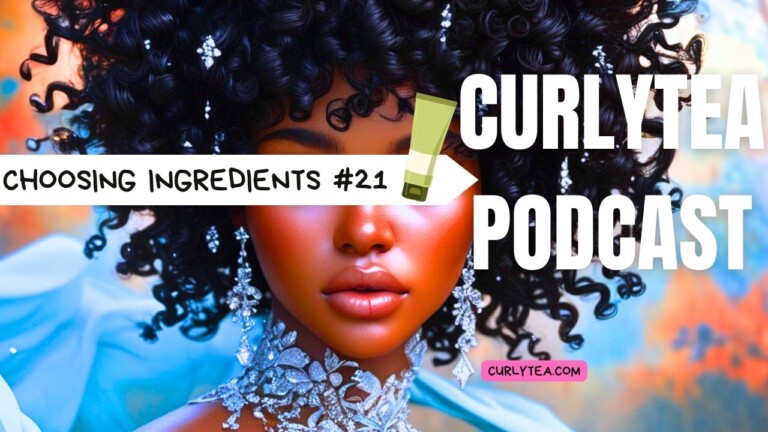
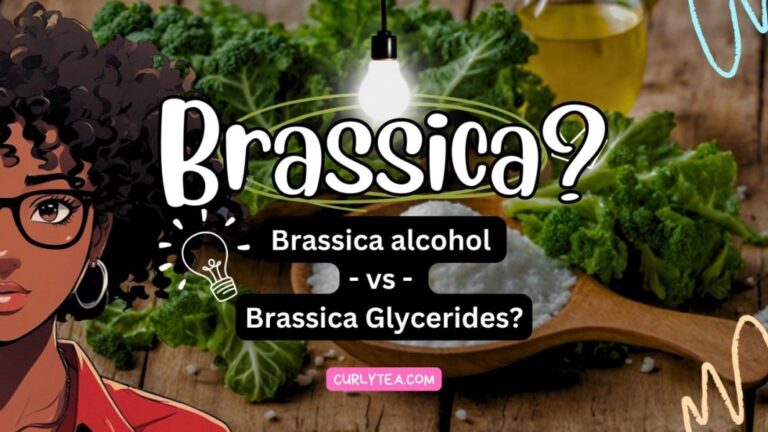
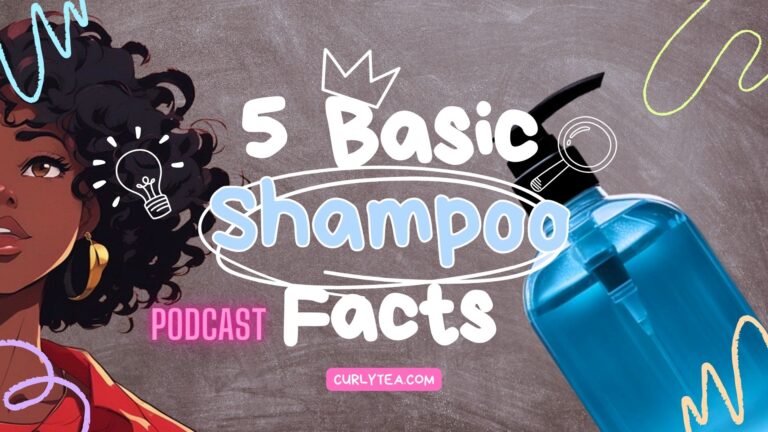
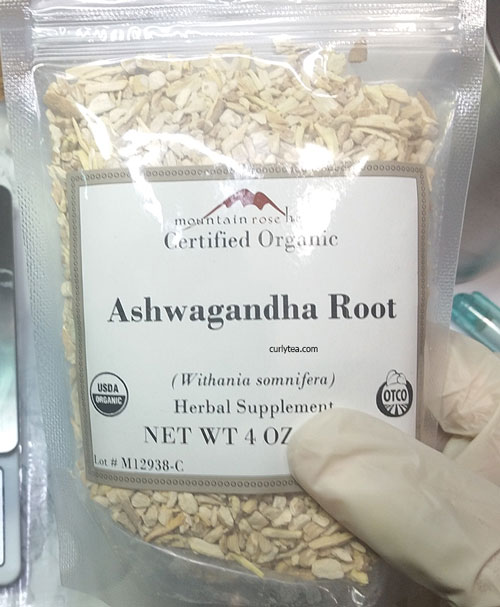
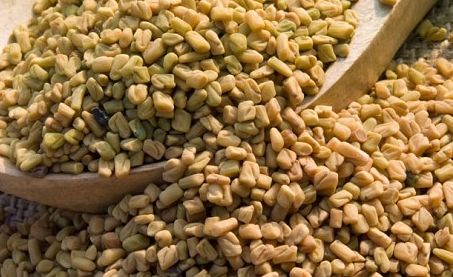
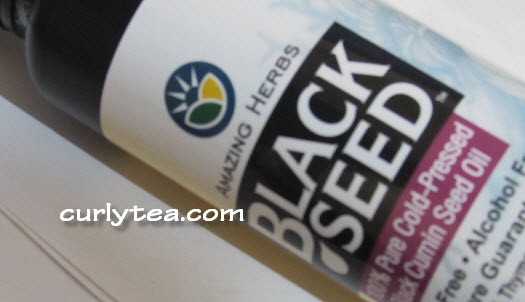
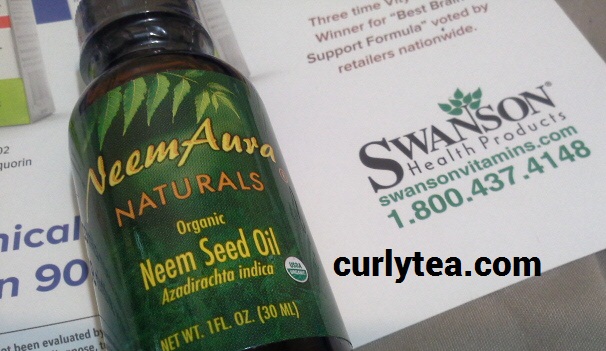
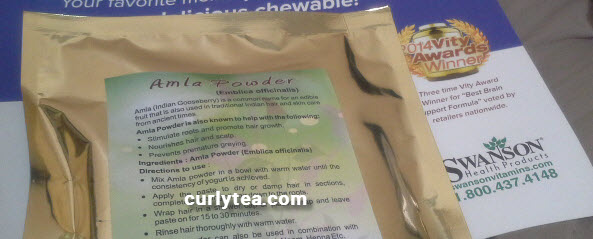
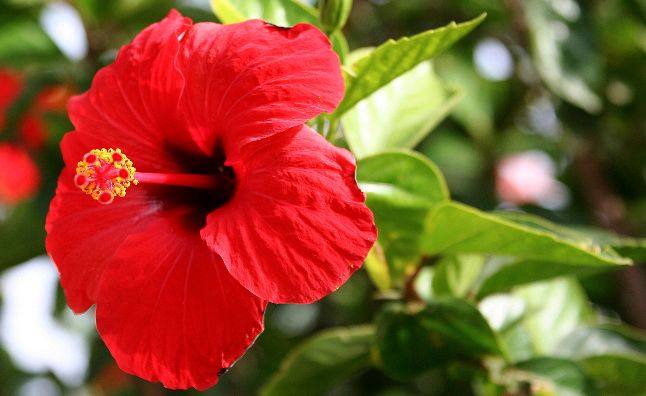
I ran out of Vegemoist. I was so busy at work I forgot to order. By the way, I enjoyed the read. I was thinking, can I use extracts that may help with retaining moisture in the hair like Rhodiola? So can extracts help if I need to substitute?
Thanks in advance
I’ve found that extracts don’t usually give that pop of moisture like Beet sugar extract (vegemoist) or glycerin does. Even if the extract has a glycerin base, the percentage you use may not be high enough to replace what you’d normally use for a separate humectant in a formula. By the way, this is an old post. I should update it. Propanediol and Pentylene Glycol BIO are two other humectants you can use in place of glycerin. Propanediol can also be used with glycerin to make it less “sticky”.